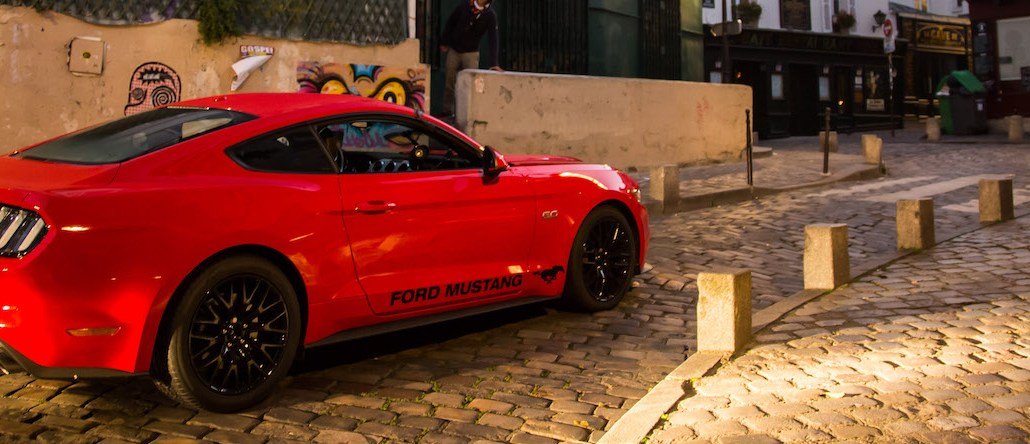Connect with execs from The New York Times, TIME, Dotdash Meredith and many more

360-degree video is turning the heads of advertisers.
Google’s TrueView platform first rolled the format out for Chrome, YouTube and iOS in July 2015. But in the past few months, demand from brands has rocketed, and both platforms and ad tech vendors have followed suit. The pull for advertisers is the opportunity to own an entire screen.
James Hill, commercial director at video ad marketplace Teads, which launched a 360-degree outstream video format in July, said through-rates have been double the firm’s benchmark for standard video. Patricia López, head of mobile agency Mobext UK, claimed similar success. A recent 360-degree mobile video ad for an auto client saw an average of 40 seconds spent inside the creative. “That added layer of interactivity enables consumers to engage,” she said.
These formats have been a slow burn. For some, the issue was a question of scale. After brands had laid claim to being the first using the format (and the subsequent press coverage), there was a nervousness that their creative wouldn’t be discovered living on a Facebook page or YouTube channel. Still, 360 ads still have the novelty appeal that gets people’s attention.
“People are more time-poor than ever, so committing to an ad is a big ask for people. We need to make it valuable for them,”said Alex Smith, head of digital planning at Maxus Global said.
Ford will release an immersive video of its new Mustang later this month on Vice, GQ and other publishers. For Ford, the 360-degree video ad format was more accessible than going all-in on something like virtual reality.
“If it was just a VR program, we wouldn’t have done it,” said Ben Richards, chief digital officer for GTB, Ford’s agency. “VR is too cutting edge to justify its own piece of communications.”
Paul Mead, chairman of VCCP Media, said while 360-degree video ads often perform well once users are in them, it can be tough getting them to that point. In fact, these units have seen a similar initial conversion rate as standard video, he said. However, it is a step toward more fully realized VR experiences for both advertisers and audiences at a time when VR headsets still carry a social stigma.
“People are not always in the mood to play with a video and explore all its many possibilities,” Mead added. “Just because it is possible doesn’t mean it is probable.”
More in Marketing

Generative AI sparks brand safety concerns marketers know all too well
Despite concerns around brand misuse and IP, most marketers are sticking to traditional strategies.

‘Production is a big topic right now’: With AI moving beyond media, Publicis turns toward creative
The holdco is positioning AI as core infrastructure for ad production not just media buys.

Instagram offers a new guide to advertisers to convince them to try out its creator marketplace
The 26-page document aims to make the whole process quick and painless.






